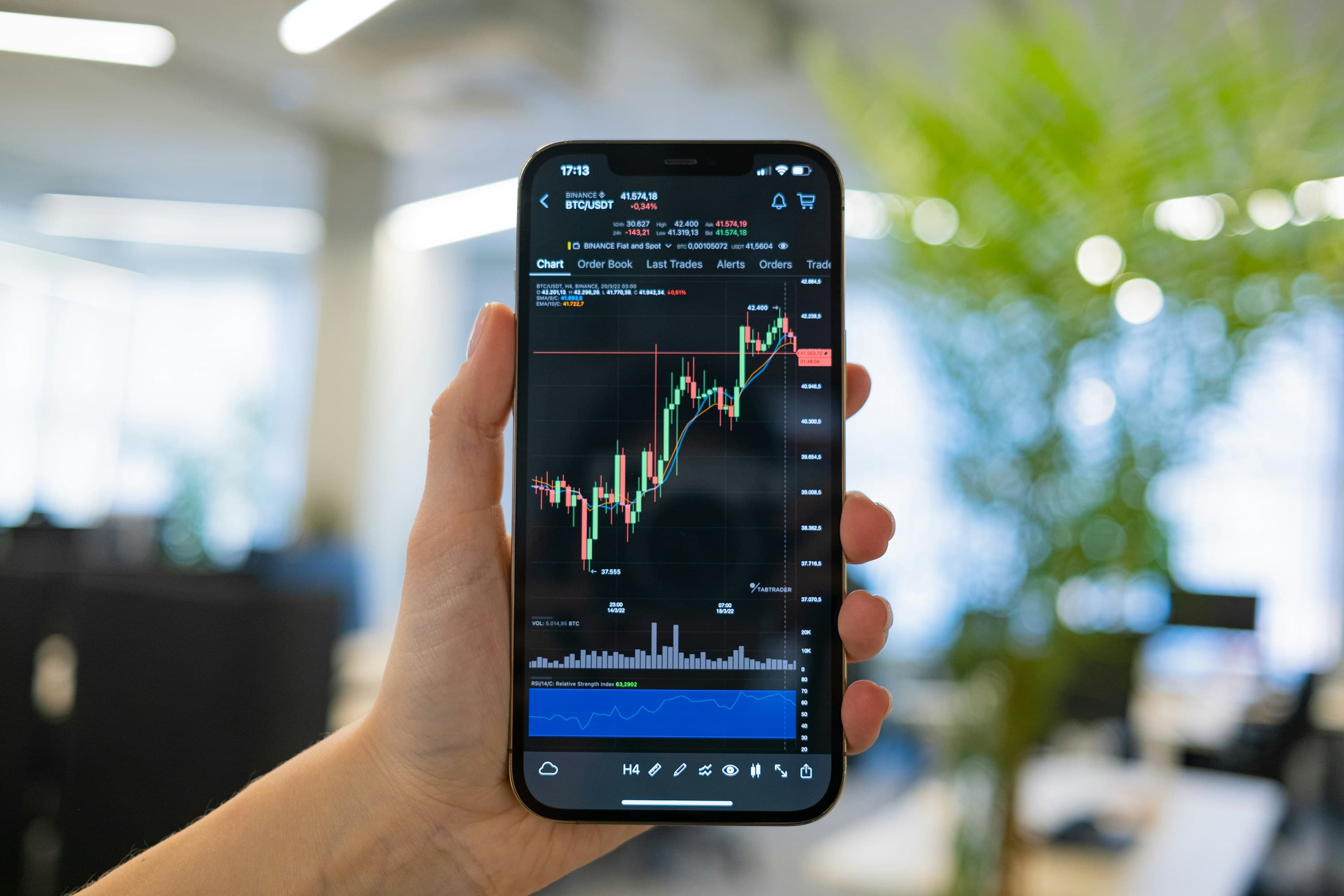How Amazon's Numbers Broke Value Investing

To be successful with , you have to know what a business is worth. But what if the old rulebook for valuing companies is broken?
For years, Jeff Bezos ran Amazon in a way that would give a traditional financial analyst heartburn. Even as CEO, he wasn't just looking at standard metrics like profit margins or return on capital. If he had, Amazon would’ve been shut down long ago. For nearly a third of its history, the company’s reported profits were negative. Like many tech leaders, Bezos had to look beyond the official financial statements to see the real value being created. To understand digital giants like Amazon, we have to do the same.
Sure, Amazon was great at generating cash, thanks to a neat trick called "negative working capital." Customers paid immediately, but Amazon used its size to pay its suppliers much later. This created a cash flywheel that funded its massive growth. Still, by the most common yardstick—the price-to-earnings (P/E) multiple—Amazon has always looked incredibly expensive, often ten times pricier than the average company.
And yet, since its IPO, Amazon's stock has climbed over 2,300 times, while the market as a whole returned only eightfold. This brings up a couple of big questions. How did a stock that always looked wildly overpriced outperform the market by nearly 300 times? And how can a value-focused investor justify buying it? The answers help solve the riddle of why traditional value investing has struggled in the digital era and show us how to update our approach for today’s world.
Updating the Investor's Toolkit
Let's be clear: price still matters. This isn't about blindly buying tech stocks just because they're going up. There’s always a price so high that even the best business isn’t worth it. But we have to admit that the old financial vocabulary doesn't work for describing how much wealth the Digital Age is creating. It’s time to go through the value investor’s toolbox and decide which tools to keep, which to modify, and which to leave behind.
Valuation Tools to Set Aside
First up are asset-based metrics, like the price-to-book ratio. This was the foundation of Ben Graham’s original approach, but the economy has moved on. We live in an asset-light world driven by software, not factories. Clinging to asset values today can be misleading. You might be tempted by a company that owns a lot of factories, like an auto-seat manufacturer, because it looks cheap on paper. But you’d be ignoring that it’s in a tough, low-margin industry with poor returns.
Graham’s real legacy wasn’t a specific formula; it was the introduction of discipline to . The discipline should remain, but the specifics have to evolve. Software requires very few physical assets to generate huge income streams, making those old metrics less relevant.
That said, don't throw this tool away completely. During moments of extreme market panic, like the dot-com bust or the 2009 financial crisis, solid companies can sometimes be bought for less than the value of their assets. It’s a tool to keep tucked away for special occasions when Mr. Market is having a meltdown.
Another idea we need to rethink is "reversion to the mean." This concept suggests that industries and stocks eventually return to their historical average performance. In a stable economy, that’s a sound strategy. But today, the phrase "this time it’s different" is often true. Technology is disrupting entire sectors, from retail to broadcasting. For these legacy industries, there may be no "normal" to return to. Meanwhile, many tech companies aren't just fluctuating around an average; they're hitting escape velocity.
Tools to Keep, But Modify
The cornerstone of modern valuation is still cash earnings. The value of any business is all the cash it will generate in the future. The problem is, forecasting that cash flow beyond a few years is nearly impossible. That’s why the P/E ratio, based on current earnings, became such a popular shortcut.
But as we’ve seen, this shortcut has failed miserably with tech, causing many investors to miss out on a generation of wealth creation. To fix it, we need two key adjustments.
First, instead of looking only at this year’s earnings, we need to look a few years out. For digital companies with strong competitive advantages, it’s reasonable to project what their business might look like in 36 months. What’s the likelihood that Google or Airbnb will keep growing over the next few years? Pretty high.
The second adjustment is more radical: we need to understand a company's true "earnings power." A mature business like Campbell's is in harvest mode, maximizing current profits. A growing tech company like Intuit, however, is deploying billions into sales, marketing, and R&D to fuel future growth. This spending, while logical, crushes its reported profits today.
This is standard practice in tech. In 2020 alone, Facebook, Amazon, Apple, Microsoft, and Google spent a combined $125 billion on R&D. This spending makes their profits look artificially low. For example, Walmart’s reported margins are triple Amazon’s e-commerce margins. But is a brick-and-mortar retailer really three times more profitable than an online one? Of course not. The difference lies in the accounting.
When Accounting Rules Don't Reflect Reality
Today's Generally Accepted Accounting Principles (GAAP) were born in the Industrial Age. They treat investments in physical assets, like factories, as long-term assets that are slowly expensed over decades. But investments in R&D and marketing—the lifeblood of tech companies—must be counted as an expense .
This leads to absurd results. If an industrial company spends $100 million on a new plant, its profits are only reduced by a few million dollars that year. If a tech company spends $100 million on R&D, its profit is reduced by the full $100 million. It’s an accounting system that makes old-economy companies look great and new-economy ones look terrible.
The nature of R&D has also changed. It’s less speculative "research" and more practical "development"—improving existing products like Google Search or Microsoft Office. Do the benefits of that spending really disappear after one year? No, but that’s how they’re accounted for.
This disconnect is precisely why has become so complex. Tech companies know this, so they use their own internal metrics, like LTV-to-CAC (lifetime value of a customer to customer acquisition cost), to measure the return on their marketing spend. They treat it like the investment it truly is.
This isn’t some newfangled idea. Warren Buffett did the same thing with GEICO decades ago. After Berkshire Hathaway acquired the insurer, he massively increased its marketing budget. This tanked GEICO’s reported earnings in the short term. But Buffett knew that every dollar spent would acquire profitable customers for years to come. He put economic reality ahead of accounting convention.
The decisions tech executives are making today are no different. For anyone serious about , the key is to look past the distorted picture presented by outdated accounting and see the true earnings power of a business.








